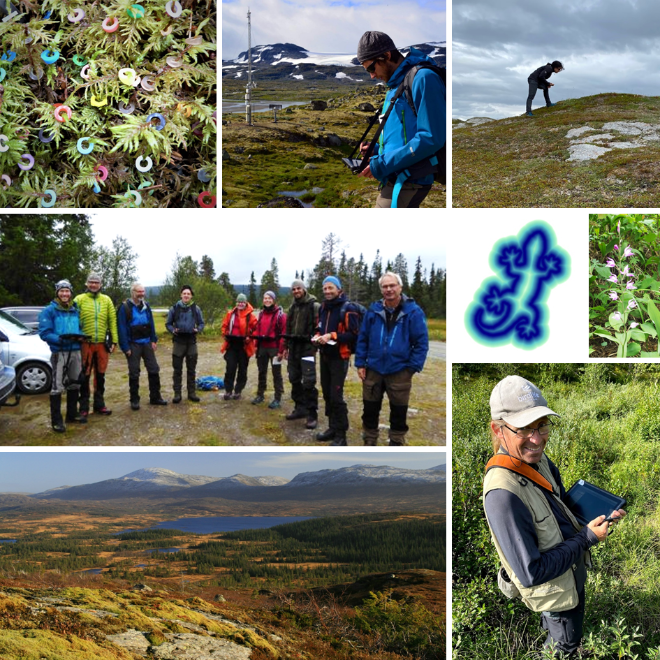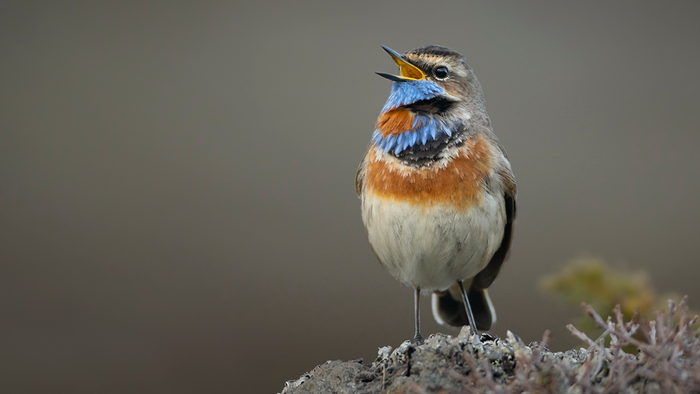Research groups

The Comparative and Evolutionary Genomics (CEG) research group consists of an international team that often applies genomic methods and covers a wide variety of expertise such as systematics, bioinformatics, ecology, and evolutionary biology, predominantly in zoological systems.

The entomology group investigates taxonomy, systematics and phylogeny of insects. We are particularly interested in certain groups of Diptera, Hymenoptera, Lepidoptera and Psocodea, and in general the diversity of insects in Norway constitute a common basis for our research.

The Evolution and Paleobiology Group studies evolution by combining contemporary and deep-time perspectives. We use theory, methods and data from evolutionary biology and paleontology to understand changes in organisms and their communities that are observed at temporal resolutions across a few generations to millions of years. By working on diverse organisms ranging from mammals to marine invertebrates, we bridge the conceptual gaps between paleontology and evolutionary biology.

The GEco group aims to integrate biological, ecological and geological knowledge, as well as the varying effects of human influence on nature.

The ISOP group investigates taxonomy, systematics and phylogeny of vascular plants, algae and fungi. We are particularly interested in selected groups of African monocotyledons (Bjorå and Stedje), lichenized fungi (Timdal), fungi (Bendiksby) and microalgae (Eikrem).


NORMIN is the national centre for mineralogy. We conduct systematic, genetic and applied mineralogy on the collections at the Natural History Museum. We aim at increasing the knowledge of natural diversity in Norway and on how minerals are used for manufacturing items used in our daily life.

Paleontology, the study of plants and animals and the rocks containing them, has a long tradition at the Natural History Museum. Research at the museum is based on the contained collections amounting to well over 1.7 million specimens but this number is being constantly increased as the result of ongoing field work and research.

